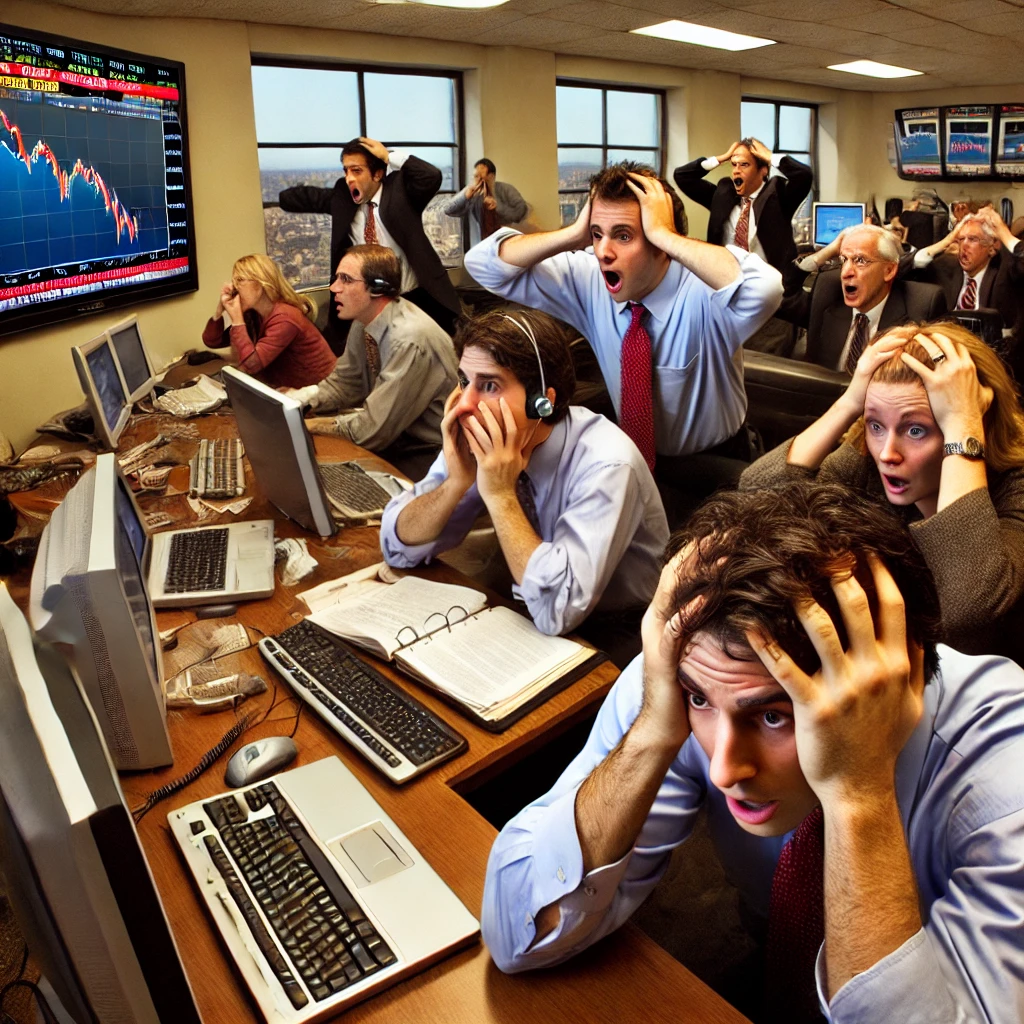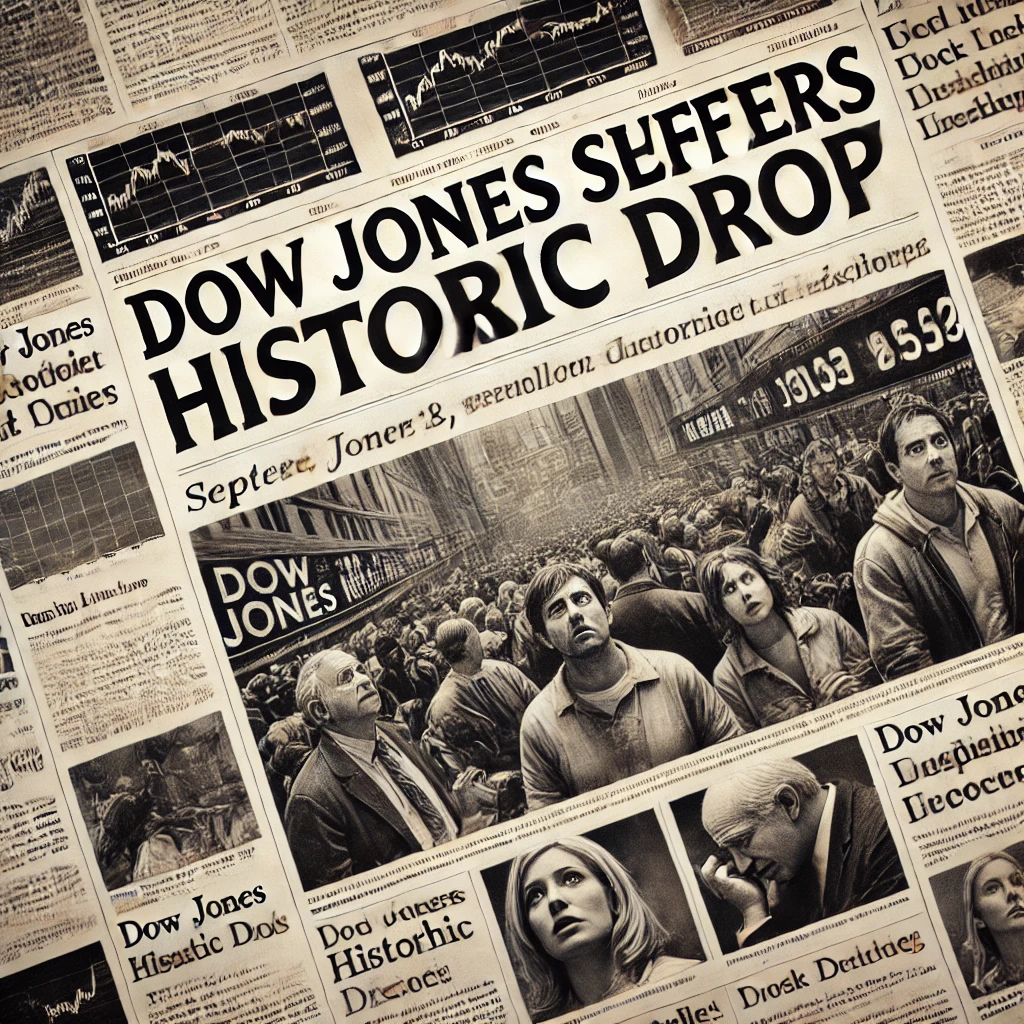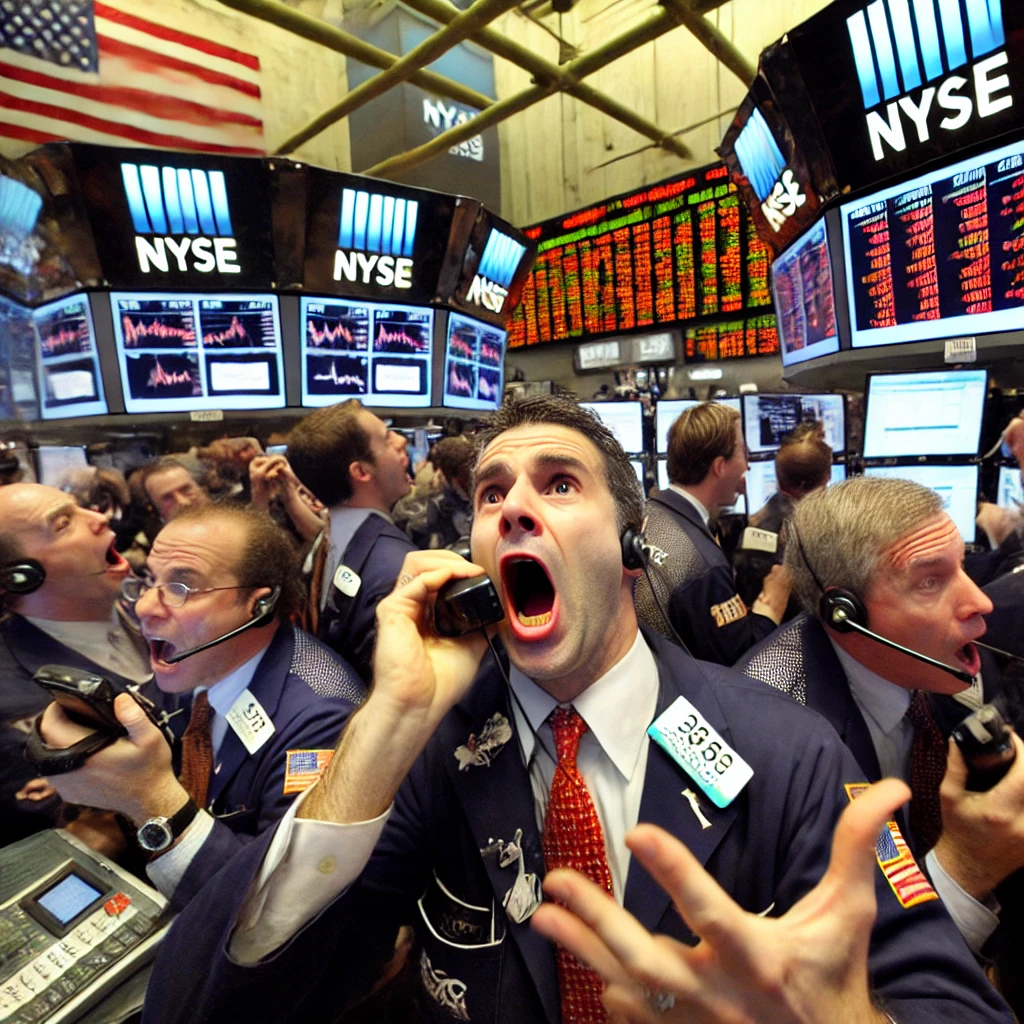On September 29, 2008, the Dow Jones Industrial Average suffered a record-breaking single-day drop, plummeting 777.68 points or about 6.98%. This dramatic decline occurred during a period of immense economic uncertainty, fueled by the financial crisis that had begun to unfold a year earlier. The events of that day not only shocked investors but also marked a pivotal moment in the history of the U.S. economy, reshaping perceptions of financial markets and the role of government in economic stability.

The Prelude to the Crash
The summer of 2008 had already seen signs of distress in the financial sector, with rising mortgage defaults leading to the collapse of major financial institutions. The subprime mortgage crisis had begun to unravel the foundations of the U.S. housing market, and the subsequent fallout rippled through the banking system. By September, the situation had become increasingly dire, as Lehman Brothers filed for bankruptcy on September 15, triggering a panic that would spread to global markets.
As investors reacted to the escalating crisis, uncertainty gripped Wall Street. The government’s failure to stabilize the financial sector and prevent the collapse of key institutions raised alarms about the health of the economy. The stage was set for a dramatic response from investors, who began to withdraw from the stock market in droves, leading to significant sell-offs.

The Record-Breaking Drop
On that fateful Monday, September 29, 2008, the Dow opened sharply lower and continued to decline throughout the day, ultimately closing down 777.68 points. This represented the largest single-day point drop in the index’s history at the time. The sheer magnitude of the decline was a wake-up call for many, emphasizing the severity of the economic crisis and the fragility of the financial system.
The panic was palpable as investors grappled with the implications of the drop. News outlets reported on the widespread fear and uncertainty, capturing the anxiety of everyday Americans concerned about their savings, retirement accounts, and the future of the economy. The stock market’s volatility highlighted the interconnectedness of financial institutions and the potential for systemic collapse, raising questions about the efficacy of regulatory oversight.
Government Response and Financial Reforms
In response to the market turmoil, the U.S. government and Federal Reserve quickly moved to implement measures aimed at stabilizing the financial system. The Emergency Economic Stabilization Act was passed in October 2008, authorizing the Troubled Asset Relief Program (TARP) to purchase distressed assets from banks and restore liquidity to the markets. These actions were controversial, as many Americans were concerned about the use of taxpayer money to bail out failing financial institutions. The events surrounding the record drop of the Dow highlighted the need for comprehensive financial reforms. In the years that followed, lawmakers sought to address the systemic issues that had contributed to the crisis. The Dodd-Frank Wall Street Reform and Consumer Protection Act was enacted in 2010, introducing new regulations to increase transparency and reduce risk in the financial system. These reforms aimed to prevent future crises and protect consumers from the excesses of Wall Street.

Lasting Impact on Investors and Consumer Trust
The 2008 market crash and the subsequent drop of the Dow had a lasting impact on investors’ confidence and consumer trust in the financial system. Many individuals reevaluated their investment strategies, leading to a more cautious approach to risk-taking. The memory of the crash instilled a sense of skepticism regarding the stock market, influencing investment behavior for years to come. Additionally, the economic fallout from the crisis had profound effects on American society. The recession that followed led to widespread job losses, home foreclosures, and a decline in consumer spending. The economic landscape was forever altered, with many Americans facing financial challenges that reshaped their perspectives on wealth, security, and stability.
Cultural Reflections and Awareness
The historic drop in the Dow also permeated popular culture, leading to discussions about economic literacy and awareness. Documentaries, books, and films exploring the causes and consequences of the financial crisis emerged, prompting audiences to engage with the complexities of the economy. The events of 2008 became a topic of analysis and reflection, serving as a reminder of the interconnectedness of global markets.
The record-breaking drop of the Dow Jones Industrial Average on September 29, 2008, was a watershed moment in the history of American finance. It underscored the vulnerabilities of the financial system and the profound impact of economic crises on individuals and society. As we reflect on the events of that day, we acknowledge the lasting implications for investors, regulators, and the public, and the importance of vigilance in safeguarding the stability of our economic systems. The lessons learned from this tumultuous period remain relevant today, as we navigate the complexities of an ever-evolving financial landscape.
